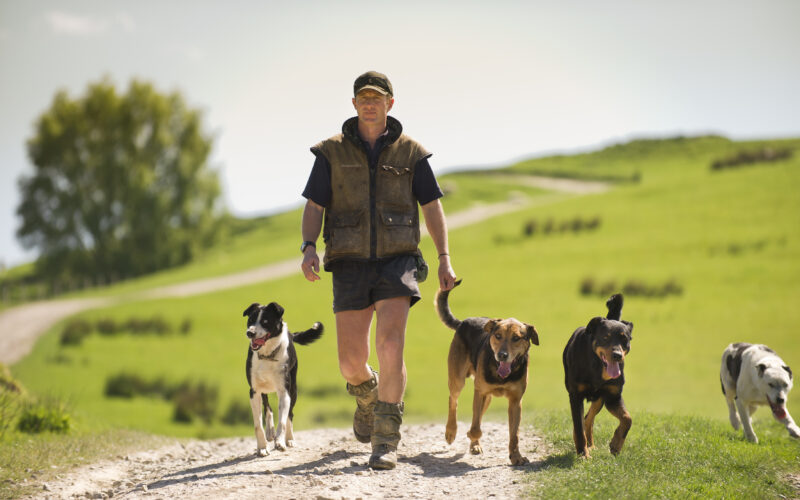Paul Crick understands why questions are being asked about the future of farming sheep.
The Wairarapa farmer and chair of the Beef + Lamb NZ (BLNZ) Farmer Council, acknowledges times are tough, but said sheep farming is a long game.
“I can understand why people are asking why they should stick with sheep, where is the light at the end of the tunnel? Where is the inspiration to keep people engaged?”
For him that inspiration comes from controlling what he can control and doing small, progressive things around the farm.
It also comes from regularly hosting school pupils participating in the Primary Industry Trades Academy course, which he said gives him a buzz and the opportunity to encourage them into the industry.
Crick has adopted a dairy industry practice in assessing the per-head performance of his stock by using body scoring and electronic identification tags, which helps him make calculated management decisions.
“It’s something in our control that we can use.”
He is optimistic that innovations such as Alliance Group measuring intramuscular fat to identify and reward premium quality lamb and beef could underpin genetic improvements.
A recovery in wool is needed, but Crick believes that will involve deconstructed fibre.
Crick said farmers need to do what is best for their situation, adding that the sector needs stories about farmers taking control of their destiny to provide confidence, show there are opportunities and to provide tips and tricks for farm toolboxes.
He said farmers need to focus on what they can control, which could see more integrated businesses such as forestry, tourism or accommodation.
The current low sheep and beef farm profitability situation is driven by overseas market prices and high domestic inflation – beyond the control of individual farmers.
What is within farmer control is tight management of on-farm expenditure, maintaining a long-term focus on improving management systems and animal genetics.
BLNZ chair Kate Acland is optimistic about lamb’s potential.
“There will always be a market for sheepmeat and there is huge potential in emerging markets like India and other southeast Asia countries,” Acland said.
“New Zealand lamb has amongst the lowest carbon footprints in the world and customers in our higher value markets tell us that is increasingly important as consumers consider environmental factors in their purchase decisions.”
Despite these cycles, Acland said, farmers have improved productivity and efficiency.
“There have been significantly improved lamb percentages lifting from an average of 100 lambs per 100 ewes in 1990-91 to 130 for 2023-24 due to improvements in genetics and management.”
Lamb carcases are leaner, meatier and heavier, with average export carcases averaging 13.9kg in 1990-91 and 19.4kg in 2022-23, a 39% increase.
“This means our total exports in terms of kilograms of meat remain at similar levels to 1990 but off the base of a far smaller breeding flock.”
Acland sees potential for further productivity improvement through artificial insemination, body condition scoring, and breeding for specific types of fleece.
She cites BLNZ research and extension programmes contributing in recent years to genetic advances to identify traits that reduce labour, chemical use and environmental footprint, such as low dags, short tail, clear breech and points and parasite resistance without drench.










